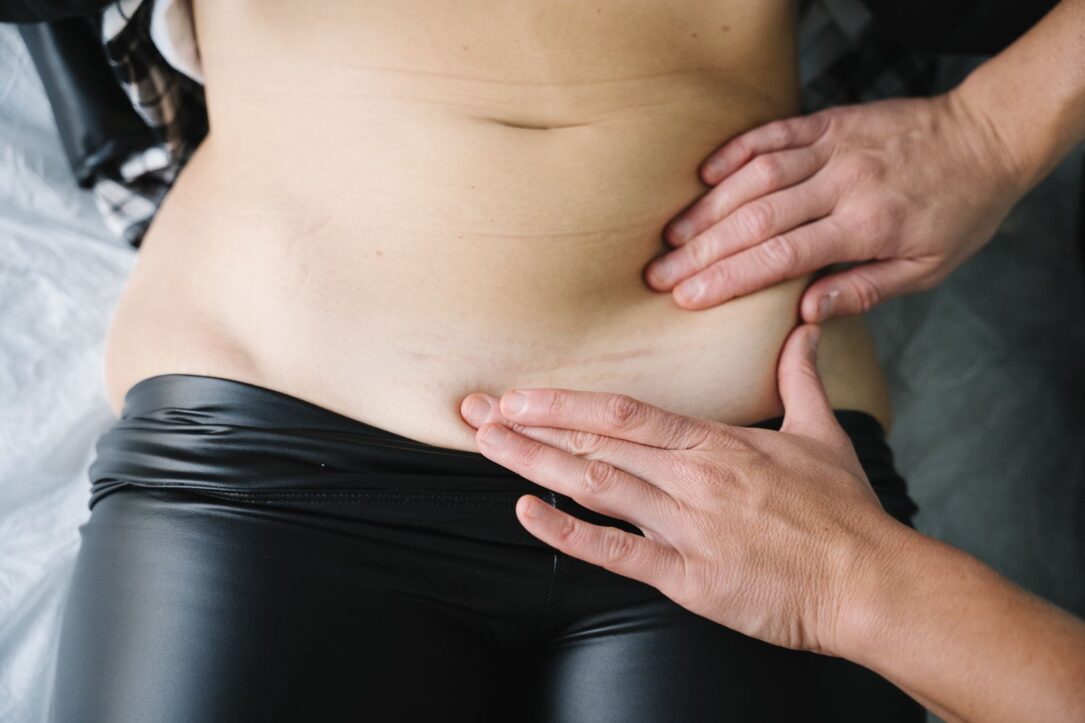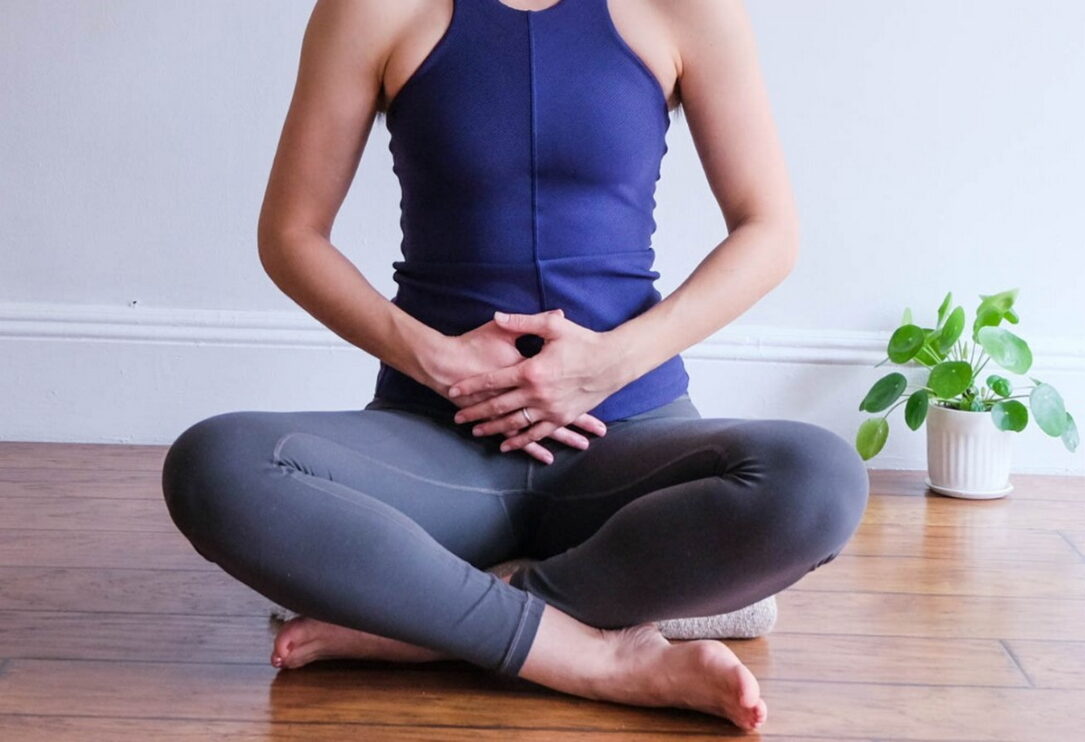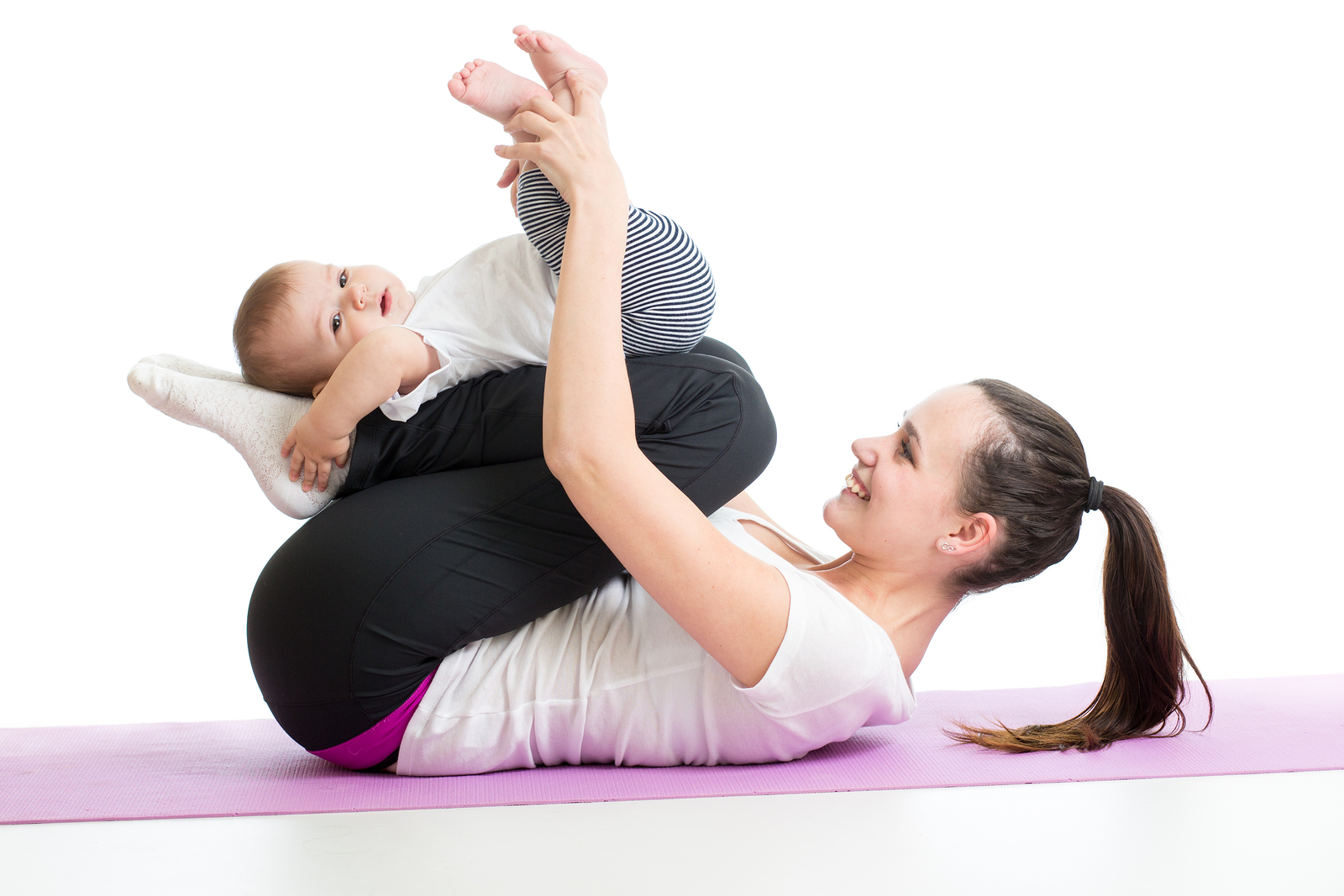Pregnancy and childbirth, while life-affirming experiences, can also bring about significant physical changes to a woman’s body. For many women, the recovery process after childbirth might involve adjusting to these changes and rebuilding their physical strength. This is where post-pregnancy physiotherapy enters the picture as a cornerstone for holistic postpartum recovery.
Post-Pregnancy Body
The female body undergoes an extensive transformation during the nine months of pregnancy. Ligaments soften, muscles stretch, and the pelvis widens. Make sure to consult Health2U for health tips. After giving birth, whether vaginally or through a Cesarean section, the body requires time and specific care to regain its pre-pregnancy form. This is because:
- Hormonal Shifts: Hormonal changes during pregnancy, specifically the release of relaxin, cause ligaments to soften and become more pliable. This flexibility aids childbirth but also means the joints are less stable post-pregnancy.
- Muscular Strain: The increasing weight of the growing baby places strain on the back and abdominal muscles. The stretched muscles, especially the abdominal muscles which often separate (a condition known as diastasis recti), need to be strengthened post-delivery.
- Pelvic Changes: The pelvis widens during pregnancy and childbirth, and some women might experience pelvic girdle pain or instability.
The Significance of Physiotherapy in Recovery

Source: parents.com
Physiotherapy after pregnancy is not just about getting back into shape but about restoring the body’s functionality, strength, and balance. Benefits of this specialized physiotherapy include:
- Alleviating Pain: Addressing pain or discomfort, especially in the back, pelvis, or neck, that has arisen due to postural changes during pregnancy.
- Strengthening Core Muscles: Targeting the weakened abdominal muscles, helping to treat diastasis recti and restore core strength.
- Pelvic Floor Rehabilitation: Childbirth can weaken or damage the pelvic floor muscles, leading to issues such as incontinence. Physiotherapy offers exercises and strategies to rebuild this muscle group.
Beginning Your Physiotherapy Journey
If you’re considering post-pregnancy physiotherapy, it’s essential to start by consulting with a healthcare professional. They can provide tailored advice depending on your delivery method and any complications you might have faced.
- Initial Assessment: A physiotherapist specializing in women’s health or postpartum care will begin with an assessment. This allows them to understand your specific needs and develop a personalized plan.
- Setting Realistic Expectations: Every woman’s body and recovery journey is unique. While some might feel improvement within weeks, others might need longer. Celebrate small victories and be patient with your progress.
Key Components of Post-Pregnancy Physiotherapy

Source: bellybelly.com.au
- Pelvic Floor Exercises: These are foundational for postpartum women. They strengthen the muscles that support the uterus, bladder, and bowel, addressing issues like incontinence and promoting overall pelvic health.
- Abdominal Bracing: This involves tensing the abdominal muscles lightly, as if preparing for a cough. It’s a gentle way to start rebuilding core strength without straining the separated muscles.
- Breathing Exercises: Proper breathing techniques help in relaxing the body, reducing stress, and promoting diaphragmatic function. This in turn aids in core muscle restoration.
- Postural Training: Pregnancy often leads to postural imbalances. Training in correct postures, especially during breastfeeding or when carrying the baby, can alleviate undue stress on the neck, shoulders, and back.
- Stretching: Gentle stretching can alleviate muscle tightness, improve flexibility, and aid in overall well-being.
Challenges and Solutions
While post-pregnancy physiotherapy offers numerous benefits, it’s not without its challenges. Here’s how you can navigate some common hurdles:
- Time Constraints: With a newborn demanding attention, finding time for physiotherapy might seem impossible. Consider integrating exercises into daily activities. For example, practice pelvic floor exercises while feeding the baby.
- Physical Discomfort: If certain exercises cause pain, stop immediately and consult your physiotherapist. They can adjust the exercise or recommend an alternative.
- Emotional Hurdles: The postpartum period can be emotionally challenging. If you’re feeling overwhelmed, speak with a counselor or therapist. Mental well-being is crucial for overall recovery.
The Role of Diet and Nutrition
While physiotherapy plays a pivotal role in post-pregnancy recovery, diet and nutrition cannot be overlooked. What you consume can have a significant impact on your physical rehabilitation.
- Healing Foods: Prioritize foods that promote healing and reduce inflammation. Omega-3 fatty acids, found in fish like salmon, are anti-inflammatory. Zinc, found in beans, nuts, and whole grains, aids in tissue repair and growth. Vitamin C, abundant in fruits like strawberries and oranges, promotes collagen production essential for repairing skin and tissues.
- Stay Hydrated: Hydration plays a crucial role in muscle function and recovery. Drinking adequate water aids in lactation, supports metabolism, and can even help reduce postpartum swelling.
- Balanced Macros: Ensure a balance of protein, carbohydrates, and fats. Protein is essential for muscle repair, carbohydrates provide energy, and fats (especially healthy fats like avocados and nuts) support hormone production and overall health.
Integration of Mind and Body

Physical recovery post-pregnancy is closely intertwined with mental well-being. This period can often be accompanied by hormonal changes, sleep deprivation, and a range of emotions.
- Mindfulness and Meditation: Engage in practices that center and calm the mind. Even a few minutes of deep breathing or mindfulness can significantly reduce stress and promote mental clarity.
- Seek Support: Don’t hesitate to reach out. Whether it’s joining a postpartum support group, talking to a therapist, or simply sharing your feelings with friends and family, vocalizing your experiences can offer relief.
- Rest and Recovery: While it might be tempting to rush into exercises and daily activities, remember that rest is a vital component of recovery. Allow your body the downtime it deserves.
Stay Active, But Listen to Your Body
Apart from structured physiotherapy sessions, staying generally active can expedite recovery. Simple activities like walking, light stretches, or even dancing with your baby can make a difference. However, always be attuned to what your body is telling you.
If an activity feels strenuous or induces pain, take a step back and consult your physiotherapist or healthcare provider.
Looking Ahead: Embracing the New Normal

Source: bugaboo.com
Post-pregnancy physiotherapy is about more than just physical recovery; it’s about embracing the changes your body has undergone and navigating your way to a new normal. Remember, while the goal might be to regain your pre-pregnancy strength and physique, your body has accomplished something extraordinary. It’s okay for it to be different.
Stay consistent with your physiotherapy exercises, celebrate every milestone, and always consult with professionals when in doubt. With time, patience, and the right guidance, you’ll be on a successful road to recovery.
















